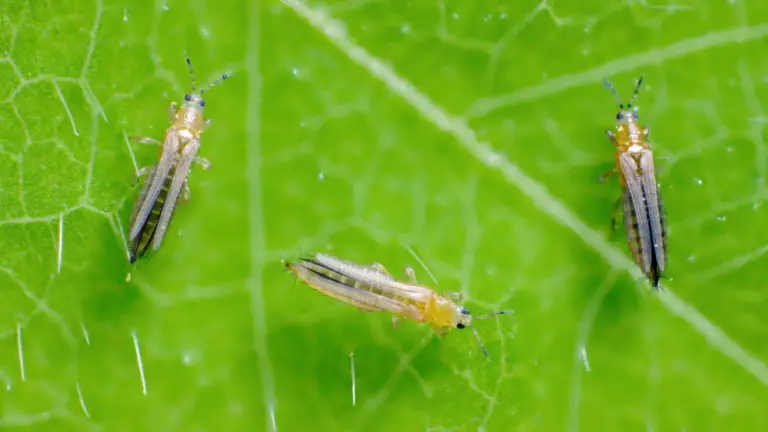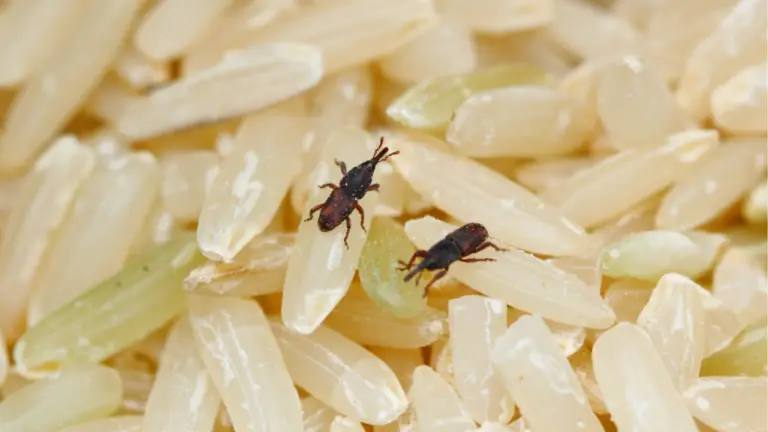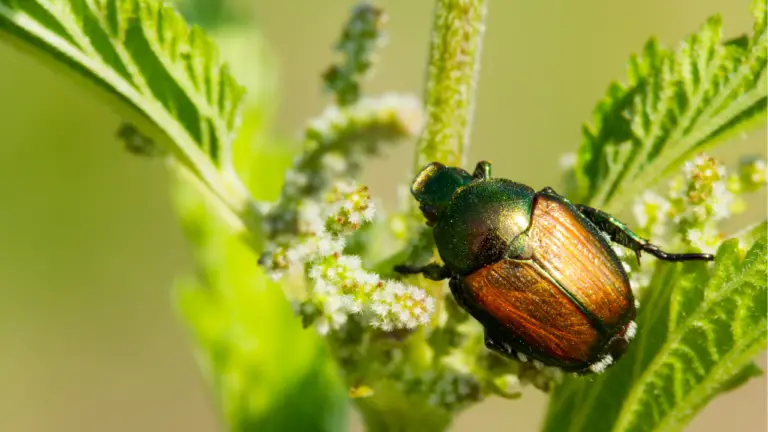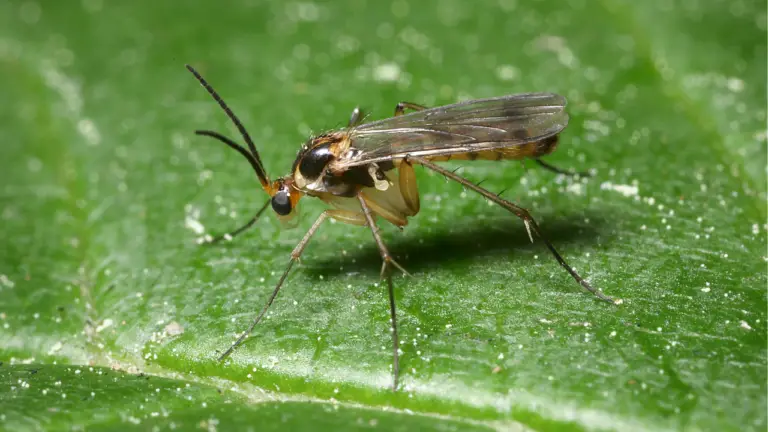10 Ways To Get Rid Of Flies Outside
Flies are not just a nuisance but can also pose health risks by spreading diseases. Dealing with them outdoors can be particularly challenging, as the open environment provides ample opportunities for flies to thrive. Fortunately, there are various methods, both natural and synthetic, that can help you effectively manage and reduce the fly population in your outdoor spaces. This article will explore ten products and methods to help you enjoy your outdoor areas without the constant annoyance of flies.
How to Get Rid of Flies Outside
1. Fly Traps
Fly traps are an effective way to capture and kill flies in your outdoor space. They come in various forms, including sticky traps, bait traps, and electric traps. Sticky traps use adhesive surfaces to capture flies when they land on them. Bait traps lure flies in with an attractant, trapping them inside. Electric traps use ultraviolet light to attract flies, which are then electrocuted upon contact.
Using fly traps can significantly reduce the fly population in your yard or garden. Place the traps in areas where flies are most active, such as near trash bins, compost piles, or pet areas. Regularly empty and replace the traps to maintain their effectiveness. By consistently using fly traps, you can create a more comfortable and fly-free outdoor environment.
2. Essential Oils
Essential oils such as eucalyptus, lavender, peppermint, and lemongrass are known for their ability to repel flies. These oils can be used in various ways, including diffusing them in the air, applying them to surfaces, or creating homemade fly repellent sprays. The strong scent of essential oils masks the attractants that draw flies, making your outdoor space less appealing to them.
To use essential oils effectively, mix a few drops with water and spray the mixture around your outdoor areas. You can also soak cotton balls in essential oils and place them strategically around your yard. Not only do essential oils help keep flies at bay, but they also add a pleasant aroma to your surroundings.
3. Citronella Candles
Citronella candles are a popular choice for repelling flies and other insects. Made from the oil of lemongrass, citronella candles emit a strong scent that flies find unpleasant. These candles are particularly effective in small outdoor areas like patios, decks, and porches.
When using citronella candles, place them around the perimeter of your seating area or near food preparation zones. The smoke and scent from the burning candles create a barrier that deters flies from entering the space. For best results, use multiple candles and ensure they are kept lit whenever you are outside.
4. Fly Repellent Plants
Certain plants naturally repel flies due to their strong scents and chemical compositions. Examples of fly-repellent plants include basil, mint, marigold, lavender, and rosemary. These plants can be strategically placed around your garden or outdoor living areas to create a natural barrier against flies.
Incorporating fly-repellent plants into your landscaping not only helps keep flies away but also enhances the aesthetic appeal of your outdoor space. Plant them in pots or garden beds near seating areas, doorways, and windows to maximize their repellent properties. Regular maintenance of these plants will ensure they remain healthy and effective at deterring flies.
5. Vinegar and Dish Soap Trap
A homemade vinegar and dish soap trap is a simple yet effective method for capturing flies. The vinegar attracts flies with its scent, while the dish soap breaks the surface tension of the liquid, causing flies to drown when they land on it. This trap can be easily made using common household items.
To create a vinegar and dish soap trap, fill a shallow dish or jar with apple cider vinegar and add a few drops of dish soap. Place the trap in areas where flies are prevalent, such as near garbage cans or outdoor dining areas. Regularly check and refill the trap as needed to maintain its effectiveness.
6. Garbage Management
Proper garbage management is crucial in reducing fly populations. Flies are attracted to food waste and decaying organic matter, making trash bins a prime breeding ground. Keeping garbage bins tightly sealed and regularly cleaned can significantly decrease the presence of flies in your outdoor spaces.
Ensure that garbage bins have tight-fitting lids and use liners to contain waste. Rinse out bins regularly to remove any residue that may attract flies. Additionally, try to store bins away from high-traffic areas and outdoor living spaces to minimize fly encounters.
7. Diatomaceous Earth
Diatomaceous earth is a natural powder made from fossilized aquatic organisms. It works as an insecticide by dehydrating and damaging the exoskeletons of insects, including flies. This powder can be sprinkled around outdoor areas where flies are a problem, such as garden beds, patios, and around trash bins.
When using diatomaceous earth, ensure it is food-grade and safe for use around pets and humans. Apply a thin layer in areas frequented by flies, and reapply after rain or watering. Diatomaceous earth is a non-toxic, environmentally friendly option for managing fly populations outdoors.
8. Insect Repellent Sprays
Insect repellent sprays designed for outdoor use can effectively reduce fly activity. These sprays typically contain ingredients such as DEET, picaridin, or natural oils that repel flies. They can be applied to surfaces, plants, and even directly to the skin to provide protection against flies.
To use insect repellent sprays, follow the manufacturer’s instructions for application. Spray the product around outdoor seating areas, near trash bins, and on plants that attract flies. Regular reapplication may be necessary, especially after rain or heavy dew. Insect repellent sprays offer a convenient and quick solution for keeping flies at bay.
9. Ultraviolet Light Traps
Ultraviolet (UV) light traps attract flies with UV light and then capture or kill them using various mechanisms, such as sticky boards or electric grids. These traps are effective for reducing fly populations in outdoor areas, especially at night when flies are more active.
Install UV light traps in strategic locations around your yard, such as near outdoor dining areas, patios, or entryways. Ensure the traps are placed away from areas where people gather, as the light can attract flies closer before trapping them. Regular maintenance, such as cleaning and replacing sticky boards or electric grids, will keep the traps functioning optimally.
10. Bug Zappers
Bug zappers are electronic devices that attract flies and other insects with light and then kill them with an electric shock. They are effective for controlling fly populations in outdoor spaces and can be used in conjunction with other methods for best results.
Place bug zappers in areas where flies are most active, such as near garbage cans, compost piles, or outdoor kitchens. Ensure the zapper is positioned away from high-traffic areas to avoid attracting flies close to where people gather. Regularly empty the collection tray and clean the device to maintain its efficiency.
By utilizing these natural and synthetic methods, you can effectively reduce the fly population in your outdoor spaces and enjoy a more pleasant and hygienic environment. Whether you prefer using plants, traps, or chemical repellents, there are plenty of options to suit your needs and preferences.






